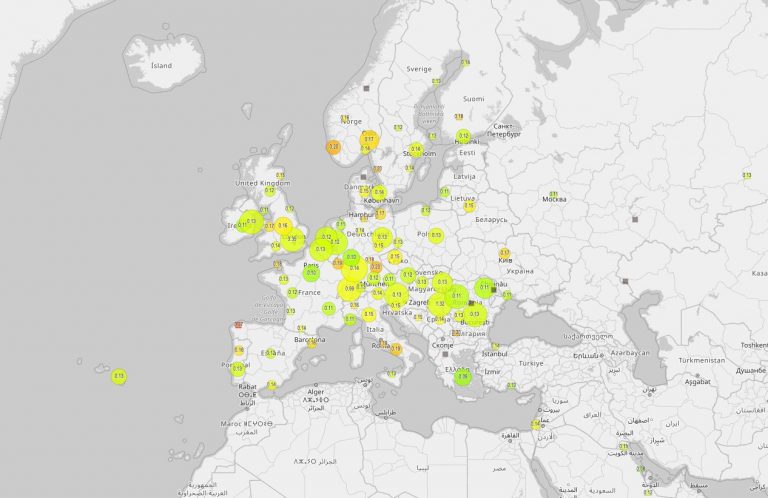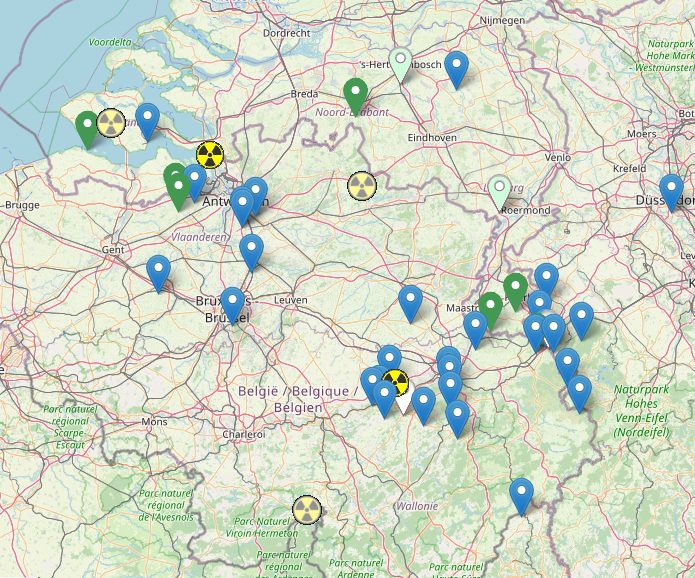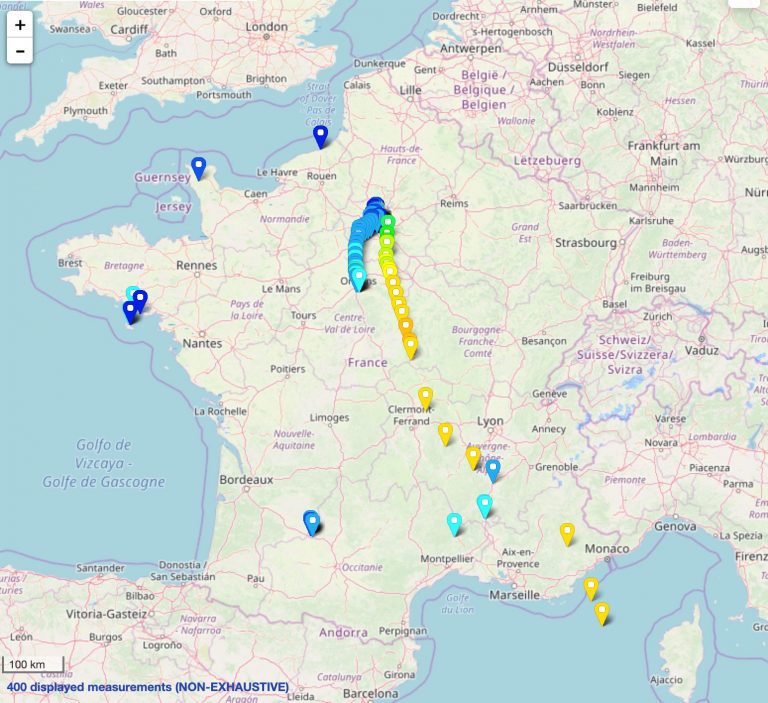Gamma radiation (γ radiation) is an invisible electromagnetic radiation with higher energy than ultraviolet light and x-ray. Gamma rays, just as light and radio waves, are a form of electromagnetic radiation. They therefore consist of vibrating electric and magnetic fields. The difference between all these types of electromagnetic radiation is in the frequency of these vibrations, or in the energy or wavelengths that are coupled to the frequency.
The energy of gamma rays is so large that when they pass through a material, chemical bonds can break and electrons can be detached from atoms (ionisation). This can be both useful and dangerous.







